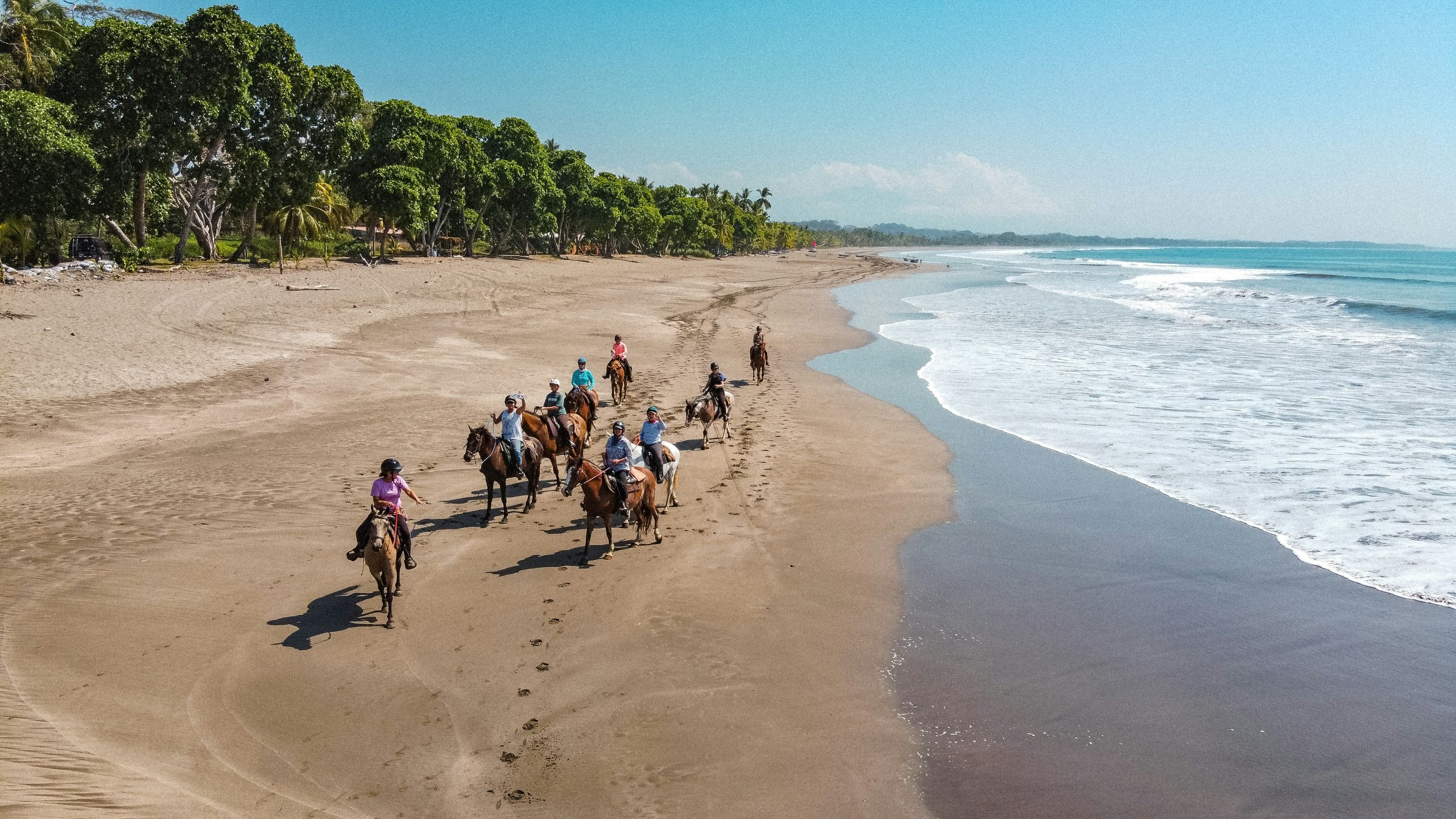Now that you know what product you want to sell and what kind of company you want to create, it’s time to find customers.
In the 1989 movie, Field of dreams, Kevin Costner’s character hears a whisper in a cornfield: “If you build it, he will come”. That may be true for dead baseball players that need a field to play in, but in the real world that’s simply not going to work. You can build the world’s most useful product but if you don’t let people know about it and if customers can’t find you, failure is inevitable.
For a long time, marketing a travel business was pretty straight forward. A nice-looking brochure, a connection to the right travel agency and some ads in local establishments and you were good to go. Well, maybe not quite, but you get the gist.
With the internet, things have become a bit more complicated. The good news is that the internet also levelled the playing field. There are endless opportunities for small travel businesses to compete with their bigger operators, and a little bit of creativity goes a long way.
Know your customer
The first step to any kind of marketing is to know your customer. It can’t be stressed enough how important this is. You can’t be everything to everyone. You need to figure out who to serve, how to reach that customer base and how best to serve them.
Offline marketing
Although these days many travel businesses are online-first, there can be some real advantages in mastering your offline marketing.
Work with travel agents/agencies
Working with travel agencies is one of the quickest ways for travel businesses to reach more customers, whether we’re talking traditional agencies or Online Travel Agencies (OTAs).
It’s especially beneficial to ride their marketing coattails when you are starting out. When you calculate how much you would need to spend to reach the same amount of travellers as big players it makes sense to market with larger OTAs. However just keep in mind that you will pay commission on bookings. So it’s important to make sure you don’t neglect your own commission-free channels.
Travel agents often have favourite tours and experiences that they recommend more than others. Because of that, it helps forming a personal relationship with travel agents if you can. Make sure you also offer them a chance to experience your tours for themselves; it’s easier to sell something you have experienced yourself. Organise a familiarisation trip (FAM trips) for agents in your area to cultivate strong relationships.
Hotels and tourist information offices
There’s a surprising number of people that still use hotel concierge services and tourist information offices to book their tours. If you need more bookings, make sure to check these out too. It may help to offer the staff of these places extra incentives to sell your tours as they often don’t benefit from the commission their employers get.
Participate in industry events and work that network
Joining big industry shows like ITB Berlin may be overwhelming when you’re just starting out. Instead, try to opt for smaller events offered by your local tourism board or regional clusters to get more eyeballs on your products. Smaller events like that are also great to build a network with other business owners in the area.
Participate in local start-up communities. Many founders often help each other to reach bigger audiences as well as giving you an opportunity to network with people who have experienced similar issues when starting a tour or experience company. Joining local business associations can provide an opportunity to collaborate with tour operators in your vertical or location.
Online marketing
Understanding online marketing is key for travel businesses these days.
In digital marketing we sometimes talk about three types of media: owned, paid and earned media. Without going into too many details, your owned media are areas such as your website and your mailing list. Paid media is advertisement of all kinds, including boosted social media posts and paid search results. Earned media is word-of-mouth recommendations, online reviews, media coverage and all types of PR.
In general, you will need a combination of all three to reach your potential customers.
Owned media
A mistake many young businesses make is not spending enough money and effort on their owned media, such as their website and mailing list. It’s called owned media because no matter what happens, you own these entities, and you don’t have to rely on the whims of social media algorithms or 3rd parties to retain your place in your customers’ awareness.
Your website
For most tour companies, your website is the most essential part of your marketing strategy. The website is your storefront, if you will, and it’s where your customers look for information and where they make their purchases. Therefore, it’s important that you think about user experience and ease of use, along with making sure your website looks and feels trustworthy. You are asking your customers to trust you with their credit card numbers, after all.
Content marketing
Your website is also the home of one of the greatest weapons in the tour businesses marketing arsenal: content marketing. Because most people start their search for information online, it’s vital that your website shows up when travellers search for related experiences in your destination.
Informative and relatable content is not only great for Search Engine Optimization (SEO), it’s also a great tool for brand building and establishing trust with your customers. Other types of content marketing are Facebook posts, Instagram Reels and TikTok, to name a few, and they are all very important to travel businesses.
The key is to always link back to your website to give people an opportunity to buy what you’re advertising.
Mailing lists
A good mailing list is an often-underutilised tool in online marketing. Mailing lists generally offer great return on investment because the opening and click-through rates tend to be higher than through other mediums.
Mailing lists are especially useful for travel businesses as they help build your brand, establish a connection with potential customers and with automation you can target customers based on the different stages of the customer journey. To get people to sign up for your mailing list it can help to use enticing lead magnets, such as free e-books and courses.
Paid media
Paid media is usually what people think of when they hear the word marketing, and most people are well versed in the topic. Therefore, little time will be spent on it here. It is important though that you choose your mediums wisely to get the most out of your budget.
You won’t reach the youngest audiences on Facebook. If you plan to serve a niche audience, it’s worth doing some research into niche websites or publications. If your target group is German bicycle travellers, for example, it may be worth it to see if there’s a community online where they congregate.
If you plan to use travel influencers, it’s important to choose influencers that align well with your brand and the objectives of the campaign. Traditional wisdom indicates that you may get more for your money using many micro influencers over big macro influencers and superstar celebrities, but operators should test and optimise marketing based on individual results.
Earned media
Travellers tend to trust 3rd party reviews over what you promise in your own marketing materials. Earned media, such as reviews, are also essentially free so it’s important to pay attention to customer feedback. Doing it well can cost you some time, though.
Making a profile on TripAdvisor and monitoring the company’s reviews should be high on your list of priorities to start with. Look into whether there are other review sites you should also consider and make sure your Google Business Profile is up to date.
Be generous to journalists and travel influencers, within reason of course. You never know what you will gain from the free seat on your tour you give away. Be proactive in reaching out to people and publications you want to work with. Send out press releases when you have something noteworthy to share. Twitter and Instagram are great places to foster relationships with journalists. Collaborate with your partners and take advantage of cross promotion.
It all starts with a good product
Finally, make your experiences noteworthy and worthwhile. Word-of-mouth marketing could become your secret weapon. Hairdressers that join your tour tell their clients if they are happy. A delighted customer today may result in their extended family joining the tour tomorrow. Think about unique and interesting branded souvenirs; and it never hurts if the tour includes a unique Instagrammable moment or two!





